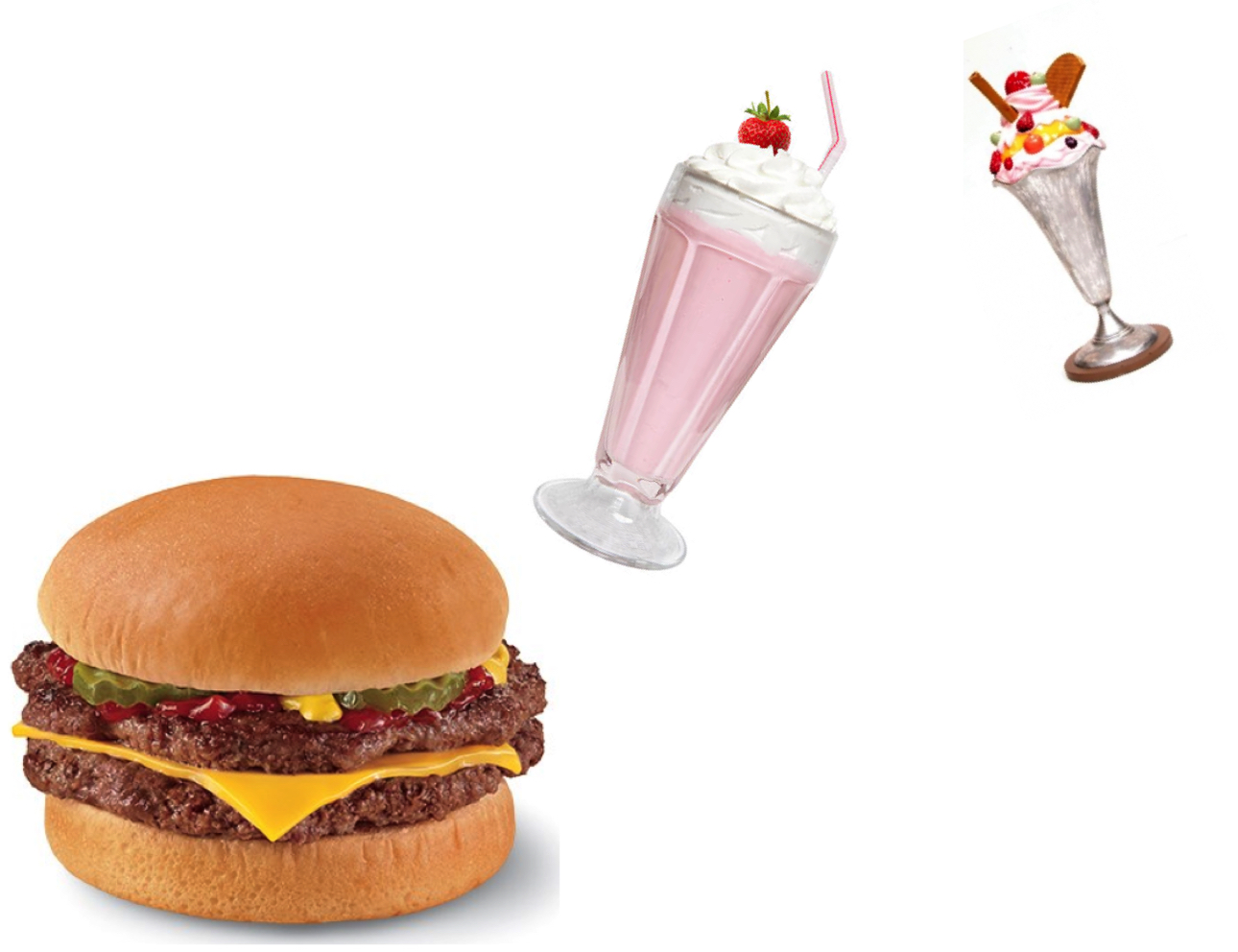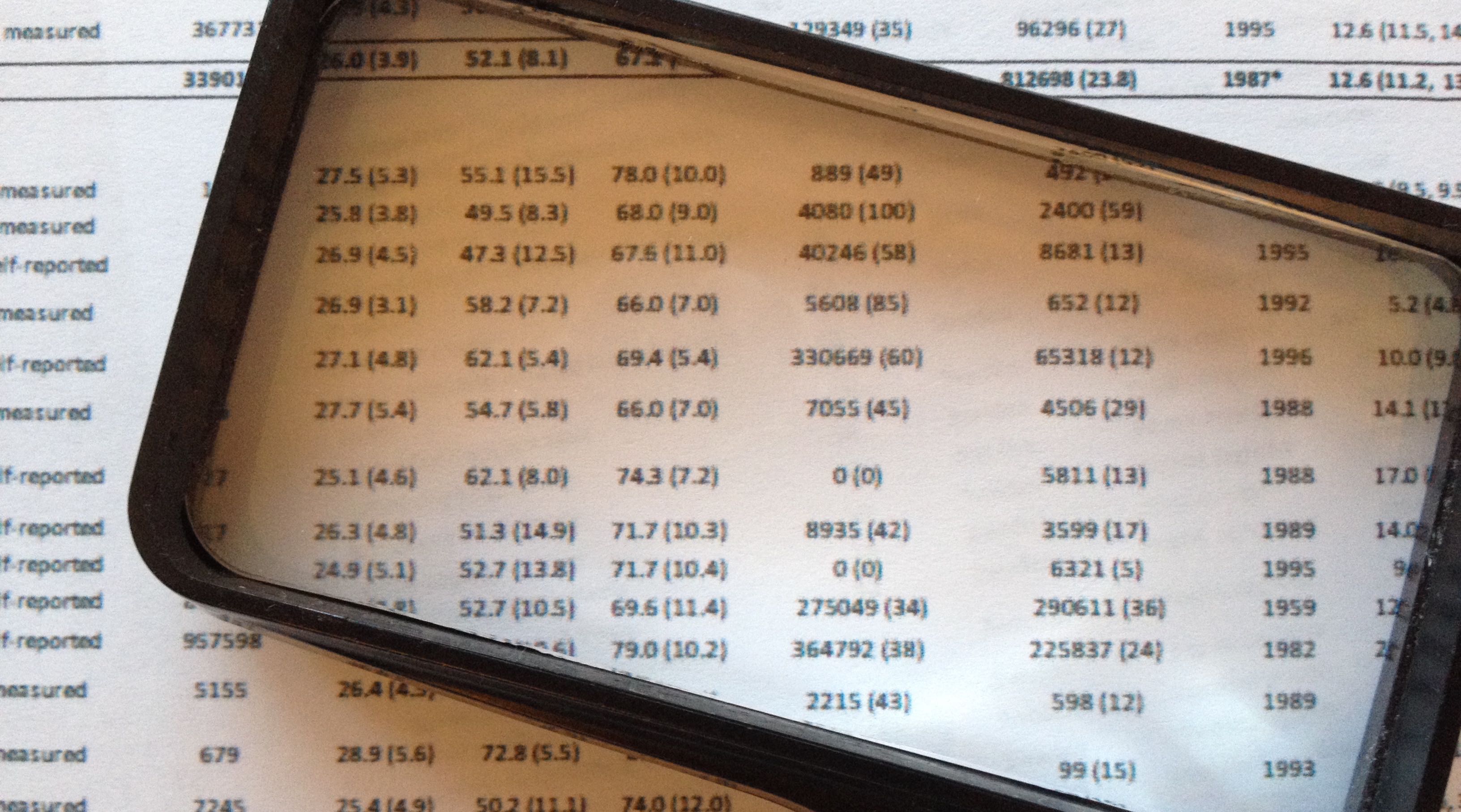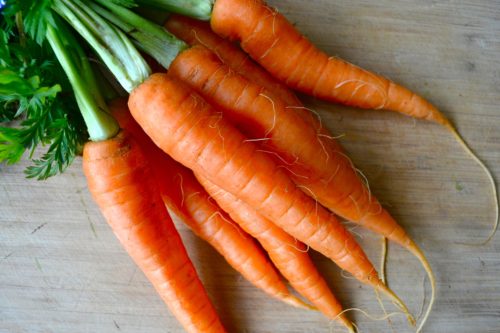“I think the notion of ‘calories in vs. calories out’ is ridiculous.” So begins a recent online article about diet. Typically, it cites no external sources of information for this opinion. Actually, the calories in – calories out equation is a truism; thermodynamics doesn’t make exceptions, and one way or another, those input calories have to go somewhere. But the thought underlying the denial of equivalence is usually something different, such as, why does my friend eat anything she likes and stay slim, when I can’t?… Read the rest “Calories in equals calories out?”
nutrition
The Gila River People, Victims of Modernity
The present-day Gila River in the Gila Box Riparian National Conservation Area in southeast Arizona.
Both nature and nurture affect human obesity. For some people, and for some populations, the genetic tendency to become obese is not fulfilled because of their environment, the circumstances of their lives. But when those circumstances change, the genetic potential may be realised quickly, and lead to the medical issues that follow from obesity. An example that starkly illustrates this comes from the sunbaked desert south of Phoenix, Arizona.… Read the rest “The Gila River People, Victims of Modernity”
A Great New Book
There’s a great book about vitamin A, “Brilliance & Confusion: Saving Children’s Vision & Lives With Vitamin A”. Okay, I confess. It’s my own book a couple of years ago. Vitamin A was discovered in 1913, but it has continued to provide surprises since. The most important of these is that it isn’t essential just for vision, which is what most people know about it. Rather, it is needed to maintain many functions necessary for health, and life itself.… Read the rest “A Great New Book”
You can eat fat, but don’t get fat
If, like most of us, you carry more weight than you wish you did, you may have wondered, from time to time, how much that extra poundage affects your health. This has been intensively studied over the past decades. Generally, studies compare health outcomes at different values of Body Mass Index (BMI), which is a useful way to describe body type. BMI is the ratio of weight to the square of height, in metric units.… Read the rest “You can eat fat, but don’t get fat”
The big fat myth
Tens of thousands of grocery store items play up the fact that they are “reduced-fat”, reflecting both the government’s advice about eating less fat, and our concerns about becoming overweight or obese. Our food-shopping habits have changed over the past fifty years, as warnings were posted by the American Heart Association, Department of Agriculture Food Guides, and other agencies that became alarmed at the risk posed by fats, particularly of the ‘saturated” type, for heart disease and other medical problems.… Read the rest “The big fat myth”
Save the Environment — Drive a Car, Don’t Walk
(Image credit: Wellcome Library, London “A Man Walking”, Image V0048616, Collotype after Eadweard Muybridge, 1887.)
The idea that driving a car is better for the environment than walking sounds like the raving of an antediluvian climate change denier. Of course there is personal benefit in walking, and all of us should walk more, not less. But the sad truth is that producing, processing, and preparing the food needed to power walking consumes almost as much fossil fuel energy as driving the same distance in a car.… Read the rest “Save the Environment — Drive a Car, Don’t Walk”
Saving Vision and Lives, One Sweet Potato at a Time
Carrots and orange-fleshed sweet potatoes are loaded with one of our most important micronutrients, one that is deficient in the diets of over 100 million people in the world: Vitamin A. About thirty years ago it became evident that vitamin A deficiency is incredibly harmful to children under the age of six, and can lead to susceptibility to infection, blindness, and death. In some parts of Africa, vitamin A deficiency has been overcome by growing orange sweet potatoes brought from America.… Read the rest “Saving Vision and Lives, One Sweet Potato at a Time”







